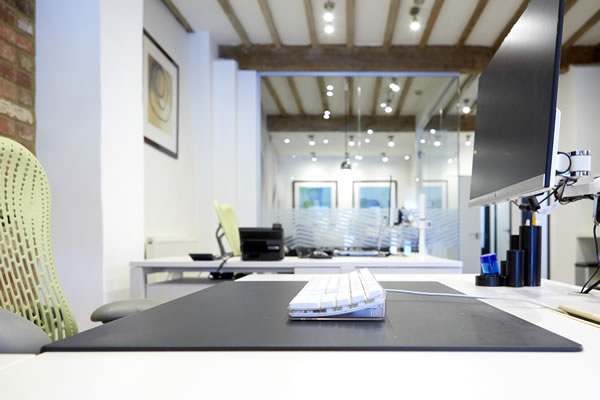 The current working landscape has changed and continues to change on a weekly basis. Many companies have brought some staff back to the office while others are asking staff to stay at home if possible. It is true that it may be easier for some roles to work from home, while other positions do require being in a room with others. The fact is that our current public health situation may not be changing much in the near future, so you may need to think about what will be best for the business and staff over the coming months.
The current working landscape has changed and continues to change on a weekly basis. Many companies have brought some staff back to the office while others are asking staff to stay at home if possible. It is true that it may be easier for some roles to work from home, while other positions do require being in a room with others. The fact is that our current public health situation may not be changing much in the near future, so you may need to think about what will be best for the business and staff over the coming months.
We have pulled together 3 main areas to consider when bringing staff back to the workplace, but advise that you thoroughly check the latest Government guidelines for the full advice.
Finding Space:
Thinking about the workspace, is it ready for staff to safely return? In a physical sense this can mean a robust regular cleaning process, so staff feel confident that the surfaces, doors and shared facilities won’t be a hotbed of germs.
Depending on your office layout you may need to consider a reconfiguration of desks or changing where staff sit. This isn’t always possible if space is tight, if that is the case mitigating actions can be taken to adjust for this. That can include;
- Increased hand washing and surface cleaning
- Keeping time together as short as possible
- Using screens or barriers between desks
- Back to back or side to side working
- Reducing the number of people each person has contact with
- Once the space is prepared for staff to return a full risk assessment must be completed and shared with staff if possible
Hands, Face, Space:
Thanks to a catchy government tag line we all know that we need to wash hands regularly, wear a facemask when moving around or in enclosed spaces with people for prolonged periods and keep a 2m distance with others.
When translating this to the office space you will have a Covid procedure that staff will have read to ensure everyone understands what they need to do to keep themselves and others safe. It is useful to provide clear signage to remind staff what is expected of them. Hand sanitiser at the entrance and on desks is a good place to start. A one-way system around the office will help maintain the space that is needed between staff members, where possible. Limiting numbers allowed in smaller spaces at any one time, for example only 1 person in the kitchen at a time. No group tea runs, which may be a good thing if you are the one that always ends up doing the 10am tea shout for all 15 people in the team! These small actions to limit close contact with staff can make a huge difference to reducing the risk of staff infecting each other should someone get the virus.
Make sure you clearly detail all the guidelines and staff sign up to them before returning to the office.
Self Isolating Stress:
A staff member should not come to the office if they have one of the 3 main symptoms, which are:
- A temperature
- A new persistent cough
- Loss of taste or smell
They will need to get a test as soon as possible. If this is negative, they can return to the office. If it is positive, they will need to isolate for 10 days from when they took the test. All staff members that came in to contact with the positive case will also need to isolate for 10 days.
Now this could mean shutting down the whole office you worked so hard to get back together, although necessary it is frustrating. There is a way to make it a bit less painful. It needs a bit of pre planning with staff. If not everyone needs to be in at the same time divide the office into bubbles and work of a rota of alternate weeks in the office, worst case only half your staff have to isolate for the 10 days, or less if you have more than 2 bubbles. It gives your staff time in the office, while limiting your risk of the whole workplace going back to home working.
If you need help reimagining your office for the safe return of staff or want signage or partitions between desks and in meeting rooms, get in touch. We have already safely produced exhibition stands and meeting rooms that have kept spaces professional, branded and welcoming, while keeping to health and safety guidelines.
